Flash floods swept through northwest Pakistan’s Khyber Pakhtunkhwa province without warning, sending walls of rain and mud down hillsides that engulfed homes, shops and roads.
Photos of the aftermath show homes were left half-submerged with walls buckling under the weight of water and mud as large parts of the hillside areas were swept away by falling boulders and sludge.
On Tuesday, rescue workers recovered more bodies as the official death toll increased to 358 across the wider province of Khyber Pakhtunkhwa, with over 200 dead in the worst-hit district of Buner.
More than 100 people remained missing as anguished families and rescue workers continued their search for bodies swept away by flash floods after a cloudburst and heavy downpour triggered flash floods between Thursday and Friday night.
The residents fear the number will climb as more bodies are recovered from under the mud and rubble.
On Monday, Sahil Khan, a 24-year-old university student, was among a group of villagers perched on a rooftop, watching the rain return.
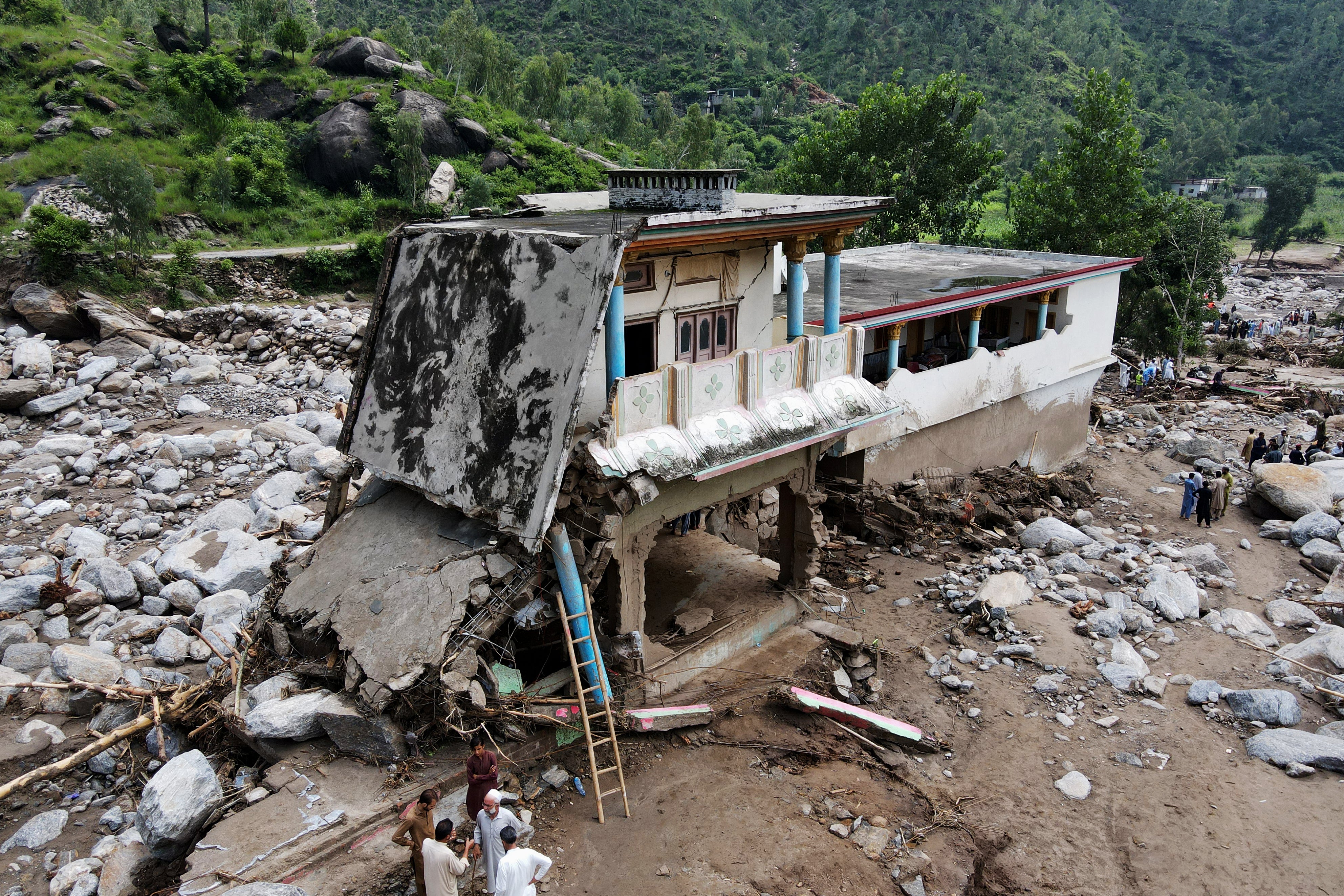
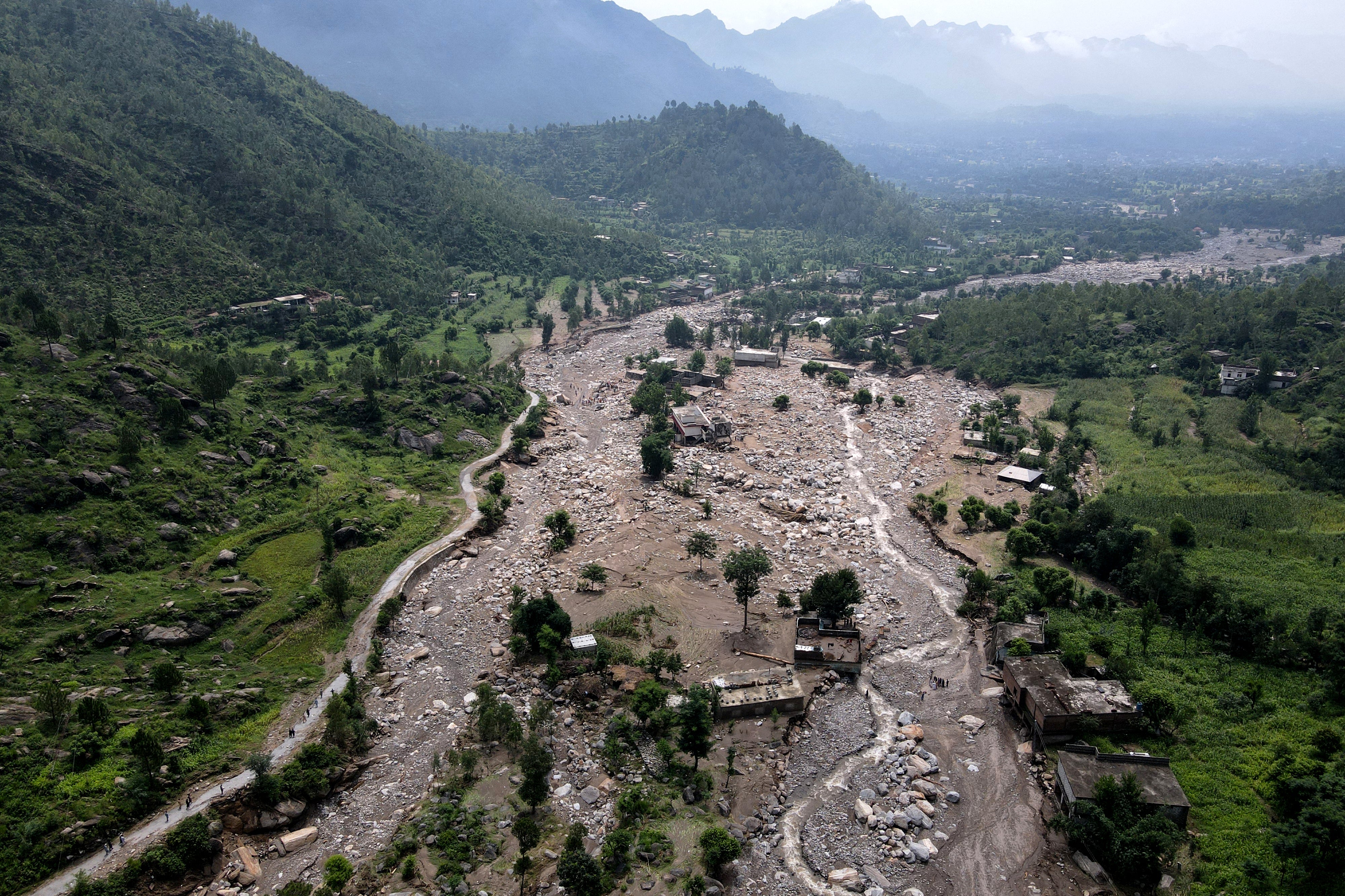
“Everybody is scared. Children are scared. They cannot sleep,” he told the Reuters news agency. He and about 15 others had fled after a water channel, swollen once again, threatened to spill into their homes.
The Provincial Disaster Management Authority says 30 children are among the dead.
The flooding has been relentless since late last week, when a rare cloudburst dropped more than 150mm of rain in an hour in Buner district, the worst-hit area.
The deluge swept through Buner’s narrow valleys, leaving markets buried under mud and vehicles scattered in the rubble of damaged houses. Shops that once bustled with traders were left silent, their contents ruined and their walls crumbling under layers of silt.
Lieutenant General Inam Haider Malik, the National Disaster Management Authority's chairman, warned of two more spells of rain between 21 August and 10 September.
"It can intensify," he said, and there could be more cloudbursts.
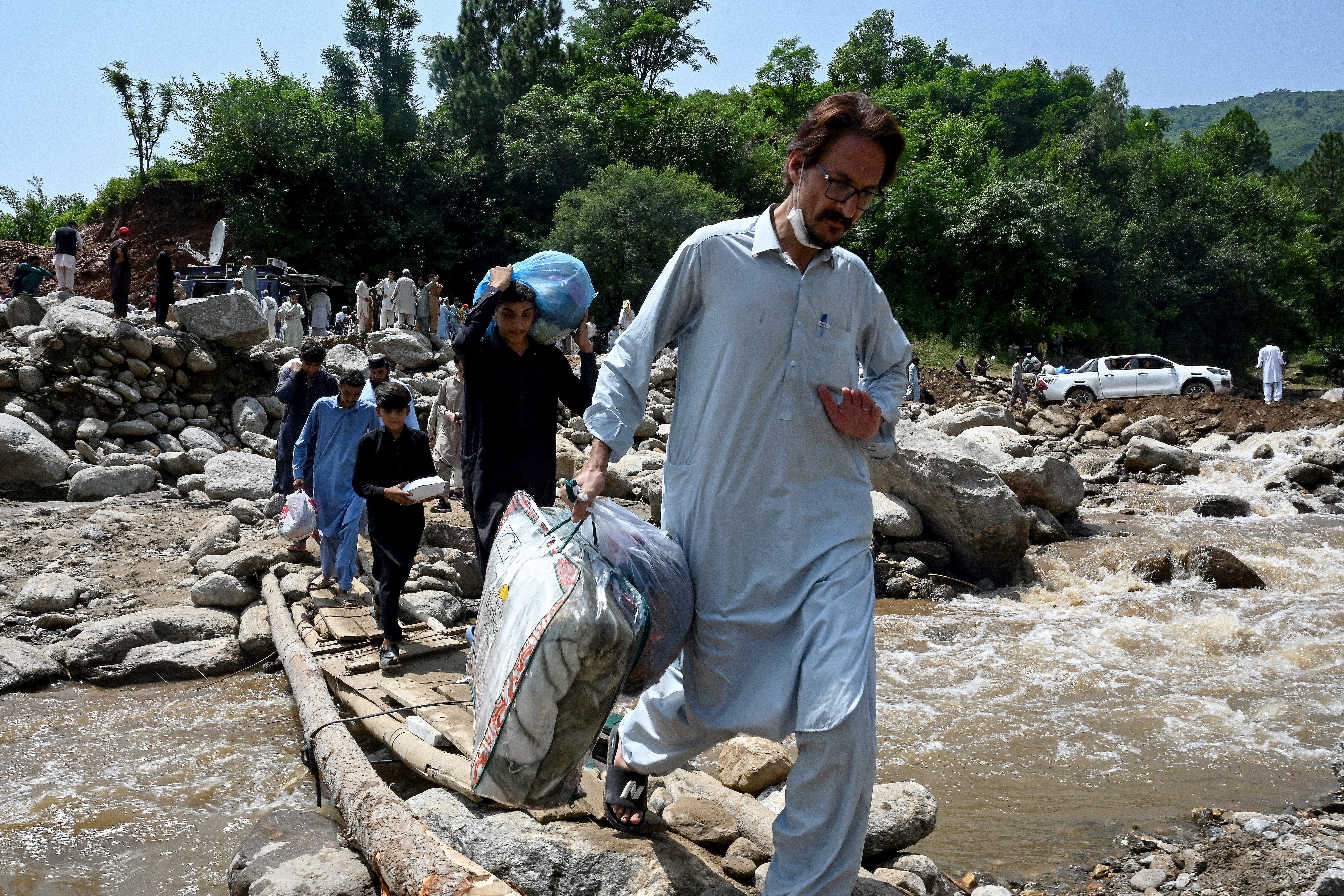
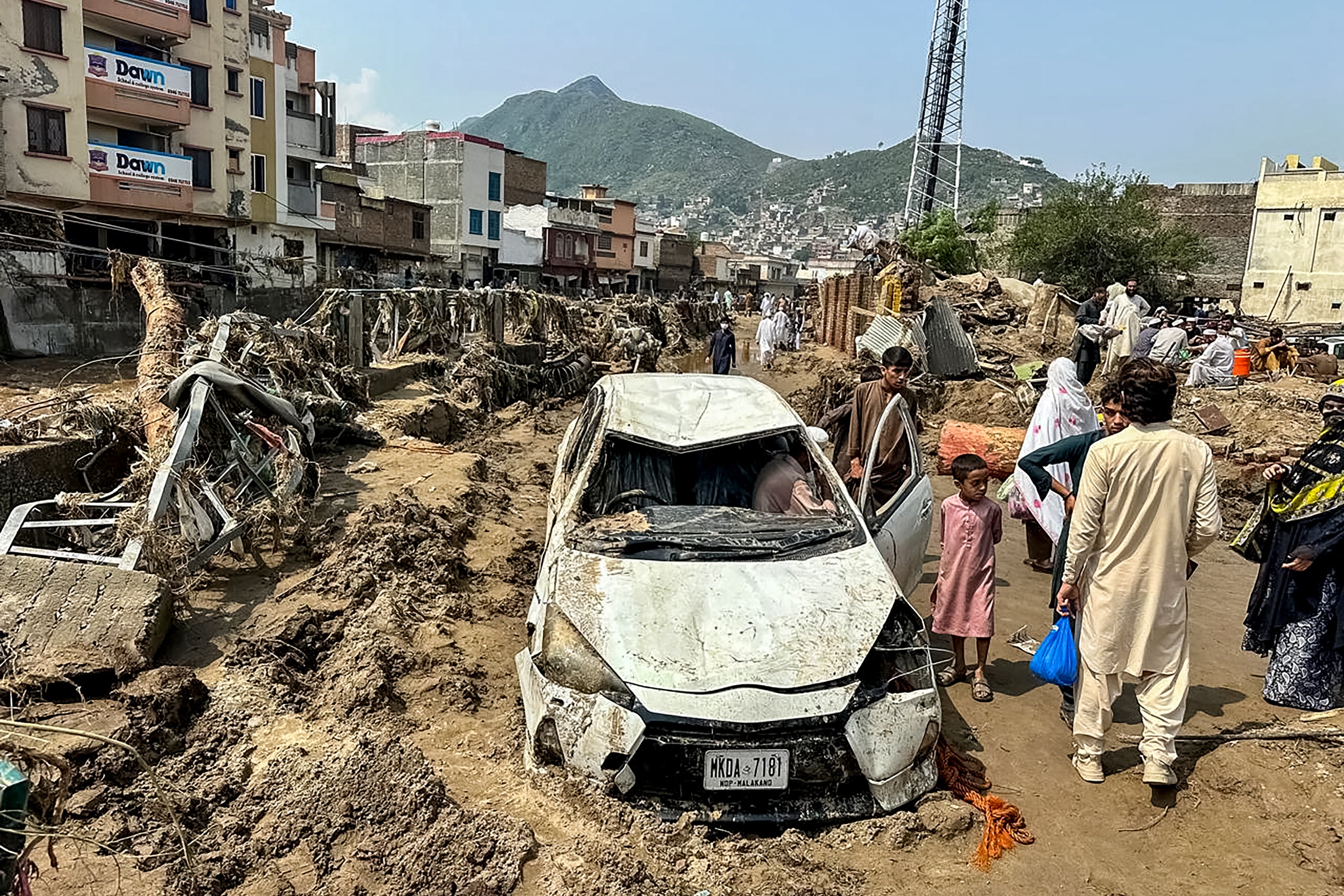
According to the Provincial Disaster Management Authority, of the 200 people dead in Buner, there are 28 women and 30 children.
Those who survived have moved into temporary shelters or are staying with relatives.
In Bayshonai Kalay village, families said they gathered what little they could carry before climbing to higher ground.
“People are out of their homes. They are fearful,” said Dayar Khan, a 26-year-old shopkeeper who left his town for the mountains.
Rescue teams have struggled to reach many of the affected areas. Bridges have collapsed, narrow streets remain blocked by mud, and heavy machinery cannot pass through. In some villages, residents are using shovels to clear pathways themselves.
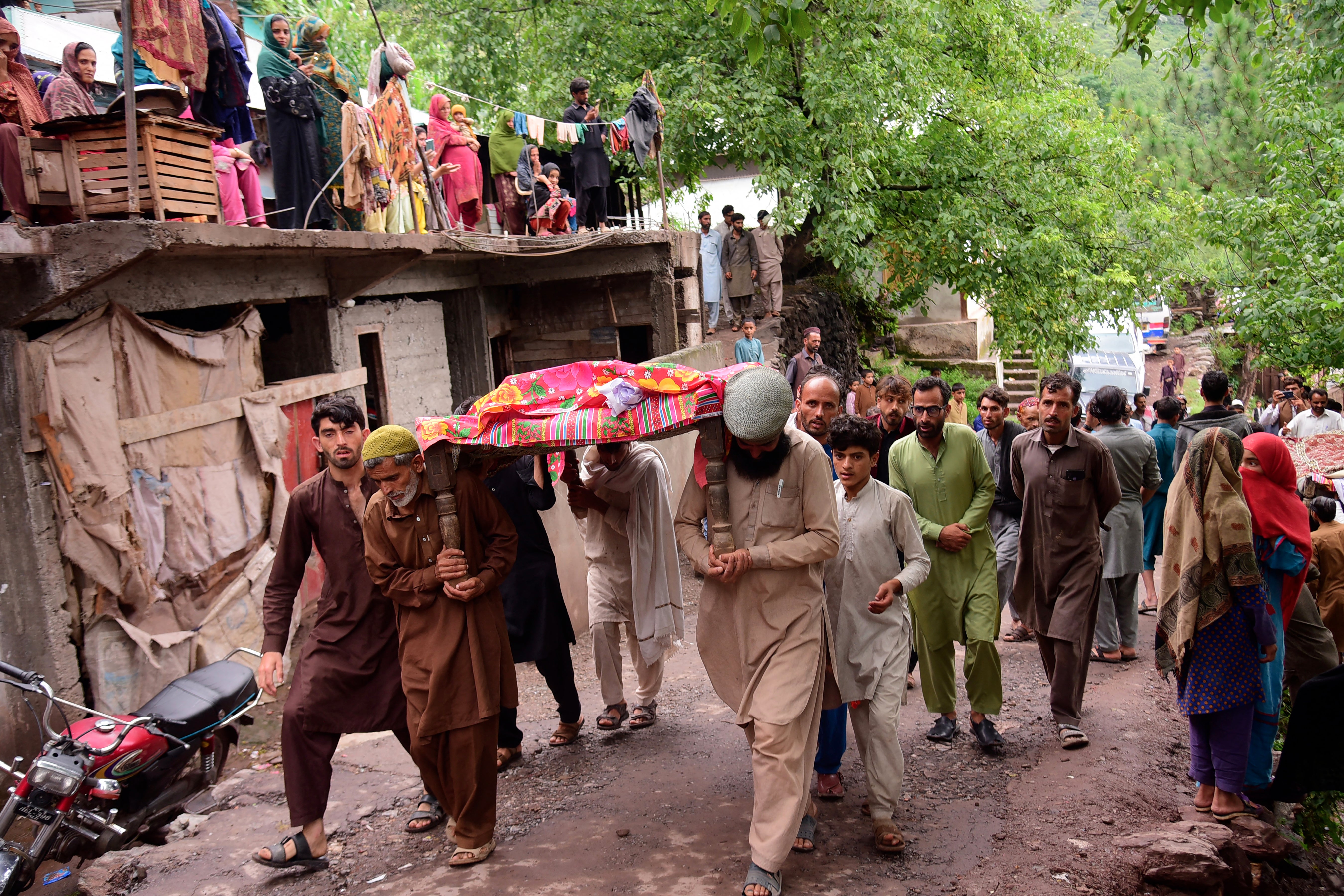
The government has argued that many of the deaths could have been prevented if families had not built homes along water channels, while residents fumed that they received no prior warning.
Provincial chief minister Ali Amin Gandapur said the displaced will be encouraged to rebuild in safer places.
Traditionally, mosque loudspeakers announce emergencies in such areas, yet residents insist no call came before the torrents swept through. Authorities replied that the downpour was so sudden and intense that there was no time to alert communities.
Prime minister Shehbaz Sharif chaired a high-level meeting on Monday to review relief efforts in Khyber Pakhtunkhwa, Gilgit-Baltistan and Pakistan-administered Kashmir.

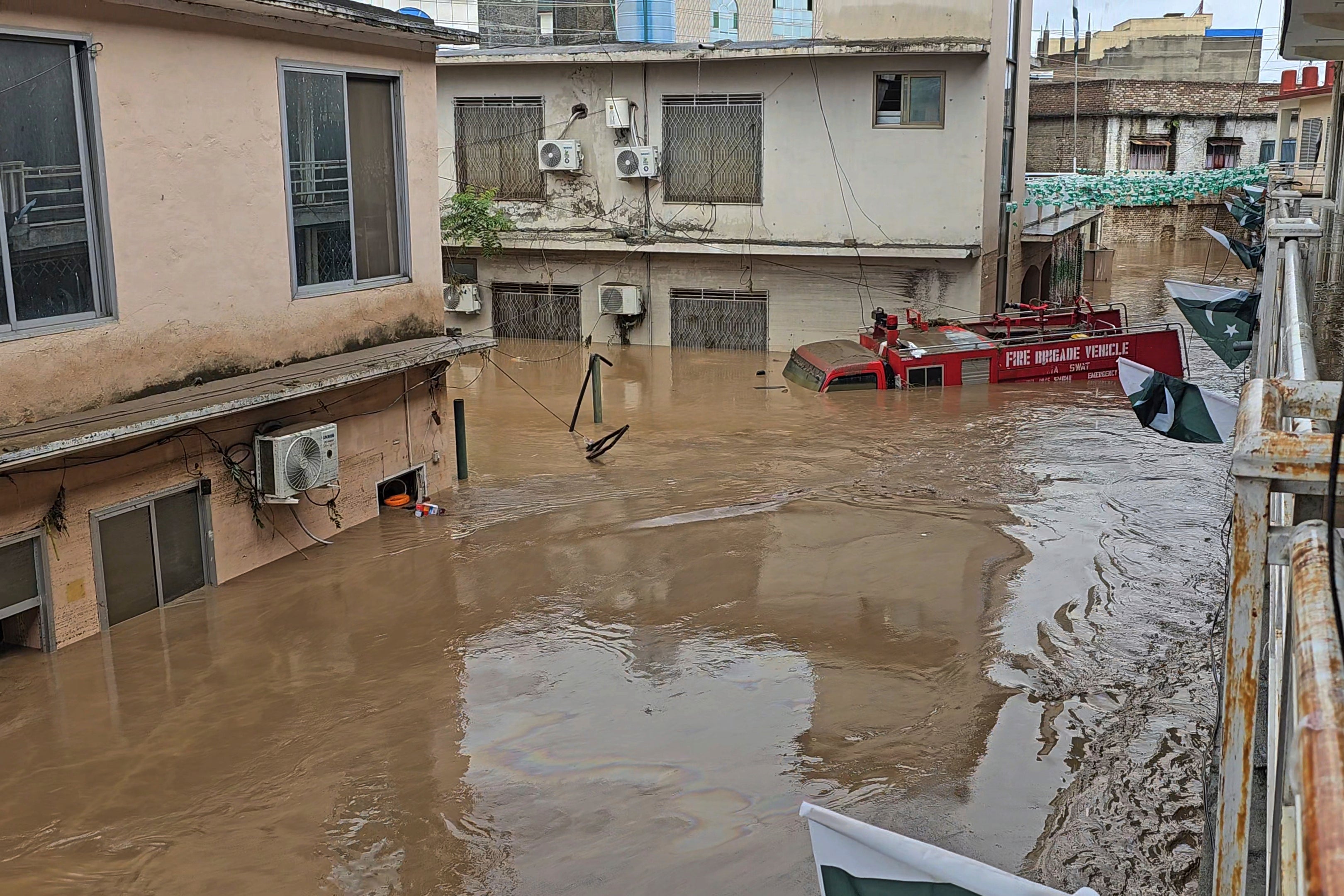
Officials estimated damages to homes, roads and other property at more than Pakistan rupees 126m ($450,000).
For many, the devastation recalls Pakistan’s catastrophic floods of 2022, which killed nearly 1,700 people and displaced hundreds of thousands.
Scientists link both disasters to a warming climate that is making monsoon rains more erratic and more destructive.

Across Pakistan, monsoon rains that began in late June have been heavier than usual, killing at least 645 people. Four hundred of those deaths were in the northwest alone, where narrow valleys and river-carved gorges funnel rainwater into sudden torrents.
In Pakistan-administered Kashmir, streets have been inundated, while in neighbouring India-administered Kashmir, flash floods killed at least 67 people last week during a Hindu pilgrimage.
Additional reporting by agencies.







